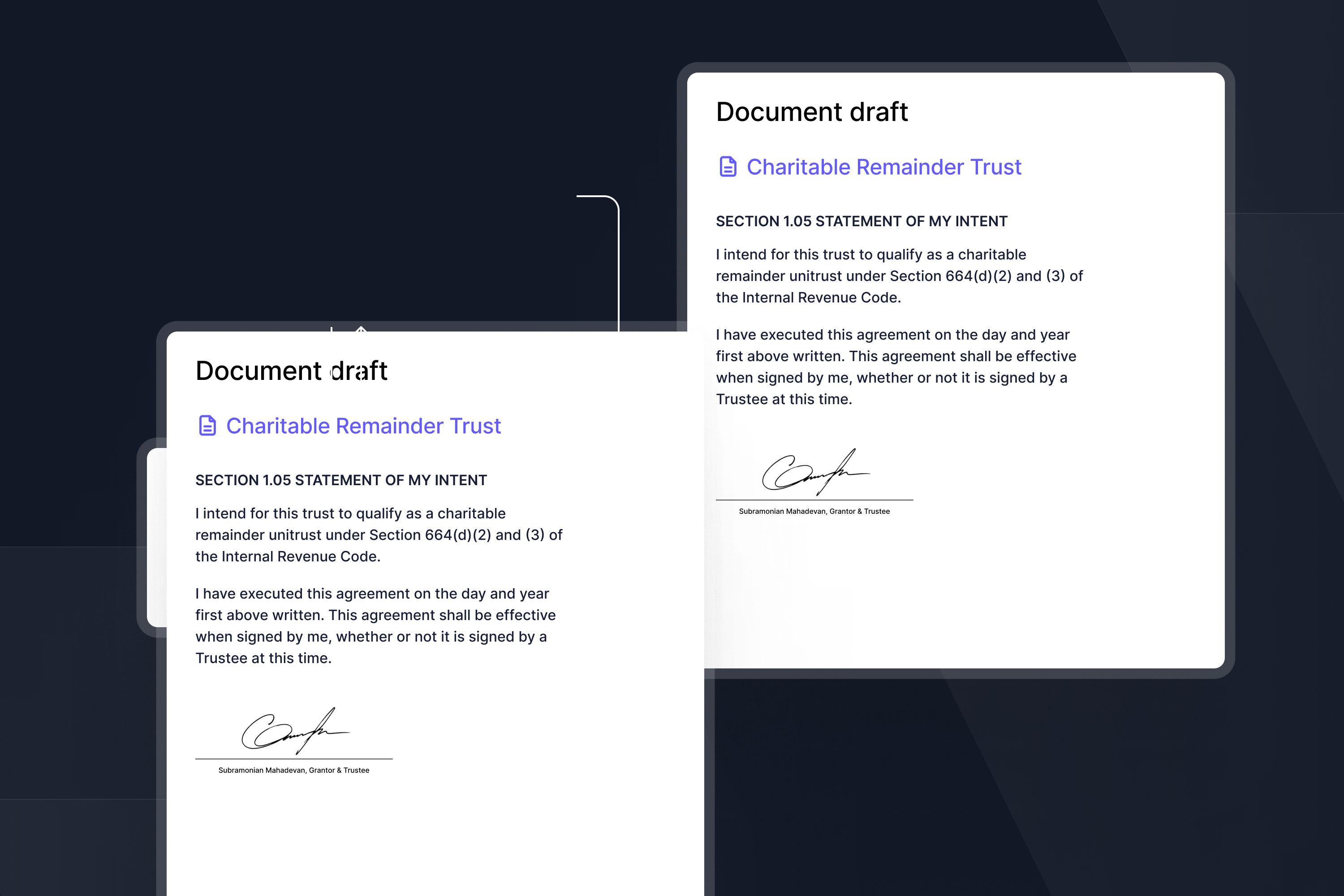
FEATURED ARTICLE
Tax Planning for Realized Gains and Ordinary Income
Tax planning strategies for realized gains and ordinary income

Tax planning strategies for realized gains and ordinary income


The straight-line depreciation method is the most common way to calculate depreciation for an asset. This method calculates depreciation by evenly spreading the asset’s cost over its lifespan.
In accounting, a lifespan is the estimated time you can use an asset before changing it for a different one. This estimate relies on the asset’s useful life, which is the amount of time the investment can potentially produce benefits for the company. The lifespan helps calculate depreciation expenses for assets that should last more than one year.
Therefore, the straight-line depreciation method was created to provide a simple and easy way to calculate depreciation for an asset. This method evenly spreads the cost of the asset over its lifespan, which makes it easy to understand and use.
The straight-line depreciation formula is:
Depreciation = (Cost – Salvage Value) / Useful Life.
For example, if an asset costs $1,000 and has a salvage value of $100, the depreciation would be calculated as follows:
Depreciation = ($1,000 – $100) / 5 years.
This calculation would result in a depreciation of $40 per year.
These are the main steps to calculate this in the straight-line method:
To calculate straight-line method for each year of the asset’s lifespan, you will need to know the following information:
– Cost of the Asset
– Salvage Value of the Asset
– Useful Life of the Asset
Once you have this information, you can use the straight-line depreciation formula to calculate depreciation for each year.
To calculate this, you must add the depreciation figures for each year. This step will give you the total depreciation taken for the asset.
Simply remove the two values to subtract the salvage value from the asset’s cost. The result will give you the net book value of the asset.
To calculate the straight-line depreciation rate per year, you will need to divide the net book value by the number of years in the asset’s lifespan. This last step will give you the straight-line depreciation rate per year.
The straight-line depreciation method helps calculate the expense of any fixed asset you might have, whether personal or from your business. With this method, you’ll be able to reduce the value of a tangible asset. Then you can benefit from that depreciation during tax season.
How could this formula impact your assets? Calculate your potential tax deductions with our charitable trust calculator. Or learn more definitions today!
We built a platform to give everyone access to the tax and wealth-building tools of the ultra-rich like Mark Zuckerberg and Phil Knight. We make it simple and seamless for our customers to take advantage of these hard-to-access tax-advantaged structures so you can build your wealth more efficiently at less than half the cost of competitors. From picking the best strategy to taking care of all the setup and ongoing overhead, we make it easy and have helped create more than $500m in wealth for our customers.